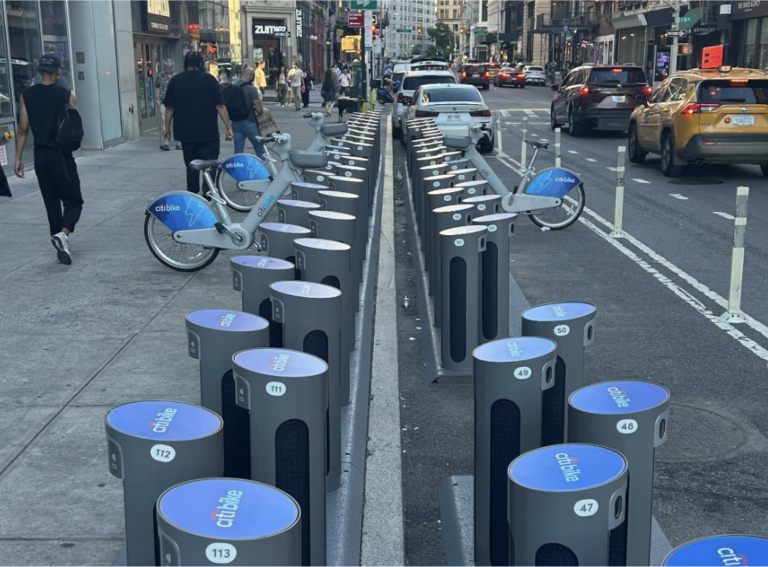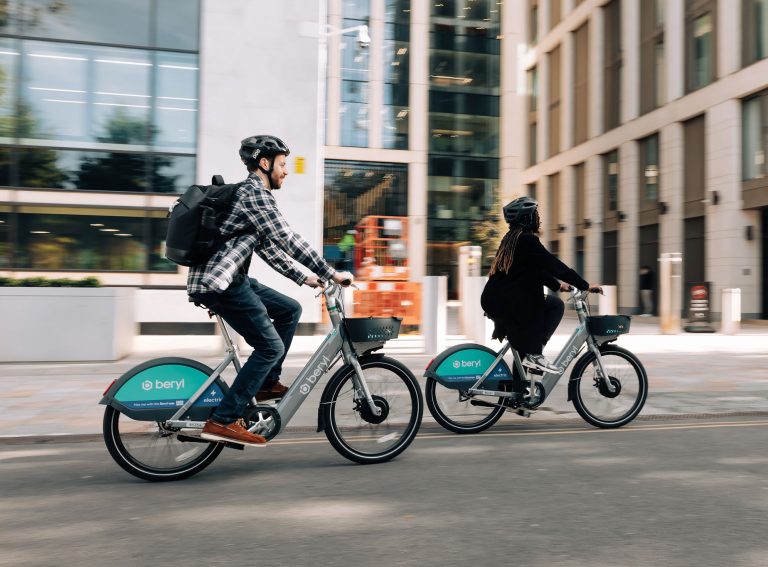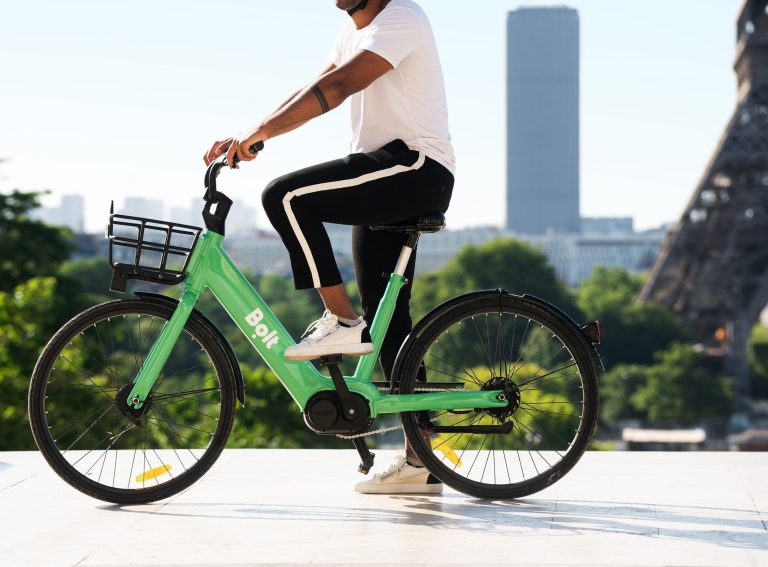As part of a new Insight Hub series, Zag Daily is inviting some of the world’s leading researchers to share their latest findings with us each month. We believe the insights from these data driven studies can help advance micromobility and transform travel in our cities for the better.
Author: John-Joseph Marie, Energy Storage Analyst, Faraday Institution
Micromobility vehicles (MMVs) are currently the fastest electrifying sector within transport, with the fleet size of electric two- and three-wheelers expected to increase from around 290 million in 2022 to almost 800 million vehicles in 2040.
The increased uptake of MMVs presents a convenient and cost-effective transport alternative for many people, with the potential to reduce transport congestion, air pollution and carbon emissions.
However, there are several wider challenges facing micromobility including regulation, accident prevention, infrastructure, sustainability and battery technology. Maximising the potential of MMVs will require tailored regulation and further improvements to battery safety, to help ensure the safety of riders and walkers in urban areas.
Batteries for MMVs
The global demand for portable electronics and battery electric vehicles is driven by lithium-ion batteries, which are characterised by high energy densities, reliability and long cycle lives. Lithium-ion batteries have become the standard for most MMVs and will continue to increase in importance.
While lithium-ion batteries are safe to use if used correctly, accidents do happen on rare occasions. As the MMV industry continues to grow, it is important to prioritise the development and adoption of safer battery technologies as well as educating the public on best practices when storing and charging batteries.
Battery pack requirements
The battery pack requirements for MMVs are vastly different to that of BEVs.
For every 1 kWh (kilowatt hour) of energy used, a BEV would travel only four miles compared to 82 miles on an e-scooter.
This lower energy requirement means that current battery packs provide a driving range for MMVs that is already suitable for most journeys.
Although MMV batteries currently use lithium-ion technology, next generation technologies such as sodium-ion or solid-state batteries could increasingly be used.
Table 1: Characteristics of typical battery packs used in MMVs
| MMV Type | Typical Pack size / Wh | Battery chemistries | Range / miles | Top speed / mph | Cell types |
|---|---|---|---|---|---|
| E-Scooters | 280 – 450 | NMC, LFP, LCO | 12 – 30 | 15.5-20 | 18650 |
| E-Bikes | 200 – 700 | NMC, LFP | 20 – 70 | 15.5 (for pedal assist) | 18650 |
| E-Cargo | 250 – 2500 | NMC, LFP | 40 | 15.5 | 18650 & others |
| Average BEV | 40,000 | NMC, NCA, LFP | 150+ | 90+ | Cylindrical & pouch cells |
Sodium-ion technology (which is being researched heavily around the world) promises to be a low-cost alternative to lithium-ion batteries for multiple transport applications, including for MMVs, while also providing several benefits such as the ability to be safely stored at 0V.
Solid-state batteries are also under development for MMVs. Prologium recently unveiled the world’s first swappable solid-state battery prototype. As smaller solid-state battery packs are easier to manufacture, MMV presents a great opportunity to put this next-generation technology into use.
Battery safety
MMVs are often stored at home, which means the potential of fires could be more problematic than in BEVs. As MMVs are more widely used, the number of battery related incidents continues to rise.
Matching e-bike standards
To improve the safety of batteries even further, MMVs should have to meet the same highly respected standard as e-bikes in the UK (BS EN 15194). In addition, the online trade of lithium-ion cells is not well regulated. The UK Government should examine whether the various manufacturing and consumer markets for MMVs need to be subject to tighter regulations and product standards.
Consumer education
Information campaigns (for example, via user manuals) are needed to educate consumers on the hazards of battery failure, including fire and the production of toxic fumes and vapours. Consumers should be made aware of safe battery charging behaviours, be encouraged not to build ‘home-made’ battery packs due to safety issues, and to purchase MMVs from reputable dealers.
Battery management systems (BMS)
These are built into the battery pack as safety mechanisms. However, not all systems are robust enough to ensure the safety of the battery, while some may not have a system installed at all. Improving the robustness and quality of BMS systems in MMVs is the biggest technological improvement that can be made to improve safety.
BMS systems for MMVs should also be subject to regulation that requires them to be tested for their effectiveness in preventing safety incidents such as catastrophic cell degradation.
MMV charging infrastructure
Current MMVs do not require any specific charging infrastructure and can be charged using standard 13 amp plug sockets. Charging MMVs in the home is therefore quite common but this puts the home at risk from a battery fire. We should therefore be installing dedicated MMV charging points in other locations, such as in garages, outside the home or in shared areas of flats.
The Faraday Institution’s full report and insights will be discussed at an online briefing on Wednesday 15 March from 2-3pm.











